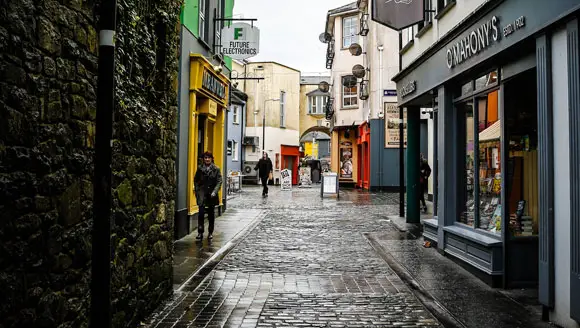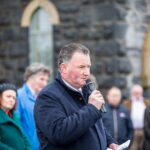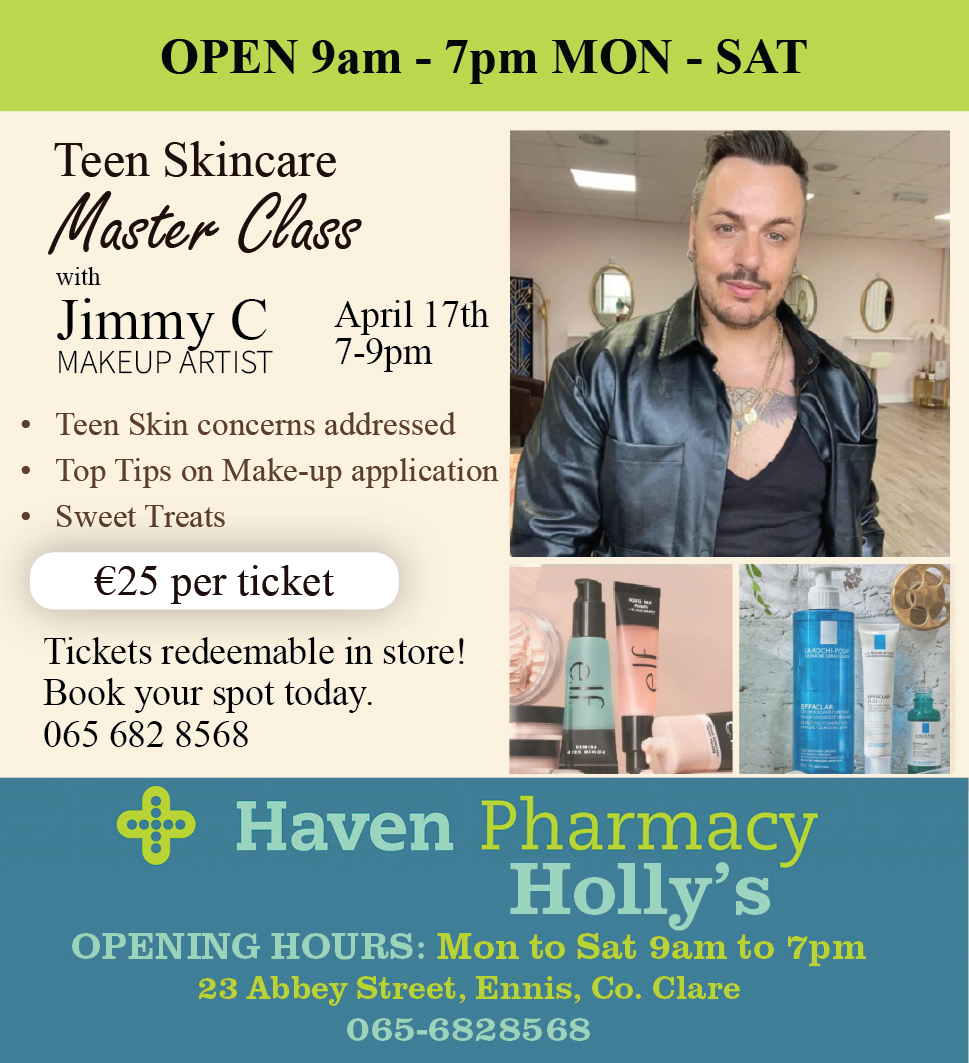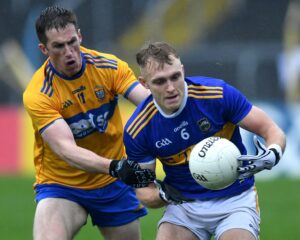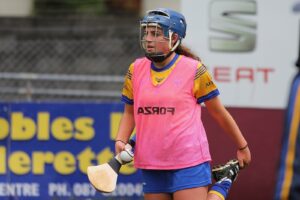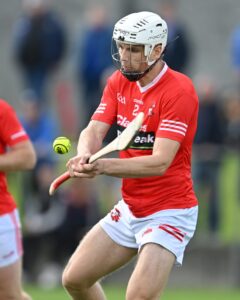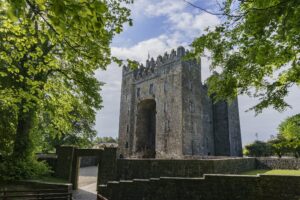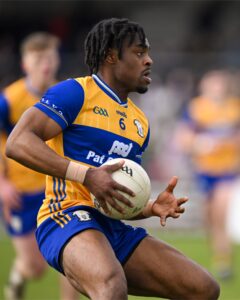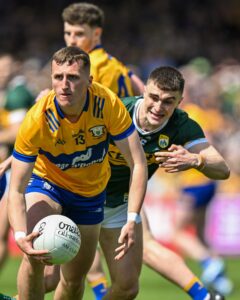Larry Brennan of The Clare Roots Society has produced a new book on the laneways of Ennis, detailing the lives of the poorest of people to come from the Clare capital.
Tackling 88 names of laneways, Larry hopes that the book will be a starting point for family’s looking to pinpoint and map out their family trees, believing that a wealth of genealogical history has been overlooked and forgotten about within the great connectors substantiating the spirit of the town.
Very little was known about the people of the laneways, Larry explains, “When a shopkeeper died, it was written in the papers and everybody knew about it. With the people in the laneways, nothing was written about them unless they were involved in a court case or a row. There were no obituaries as they were not seen as people of substance. Very little is known or written about them, which made this a difficult project to take on.”
The book paints a very different picture of the town. At one time, Abbey Street car park was lined with a row of slaughterhouses. Here, the entrails of the animals would be disposed of over the back wall and into the River Fergus, producing a pungent odour that prevailed throughout the town. An old brewery and a farrier could also be found in this part of town. The old Court House was positioned at O’Connell’s Square, there was no bridge at Bank Place and the laneways found off Parnell Street would all be flooded frequently due to the small stature of the wall. This is where the poorest of the poor used to live, Larry informs.
“A lot of these people lived in one-roomed hovels. There were no toilets and no running water. The most important thing was a joey under the bed, where they could pee at night-time. These were different times. The conditions were fairly tough in the hovels down there. The two most important places, with regards to the upmarket people were Bow-Lane and Lysaght’s Lane. We had a young boy of the Morrissey’s then, who in the troubles in 1922, got caught in a crossfire in Lysaght’s Lane. He was playing marbles. He was six years old. He got shot in the laneway. We are hoping that one of his family members will present themselves to us as we are hoping to organise a commemoration for him next year. He was just an innocent child”.
The book goes into detail about the names of laneways and of how townspeople accumulated nicknames which took on more complete forms, meaning that history and knowledge of the people from those laneways was lost. Larry felt that this was one of the hardest projects he has put his hand to so far, admitting that in 2012, when his daughter Laura Brennan fell sick, he had to put everything aside. Dedicating the book in honour of her memory and her work as a HPV Advocate, Larry explains that it was Laura who pushed him to see the project out, “I would get a kick out of her, she was always pushing me to finish it.”
On a reason to pick up a copy of The Lanes and Bow-Ways of Ennis, Larry professes, “The whole purpose of it, is for those people who came from the Laneways, to realise that they did come from here and start their family history. My book is an introduction to encourage people to write further about the laneways. We have an exceptional amount of records to do with families that come from these Laneways that are not in this book. Hopefully, people will come together and use the values and histories of these laneways. If only we could realise where we came from.”

